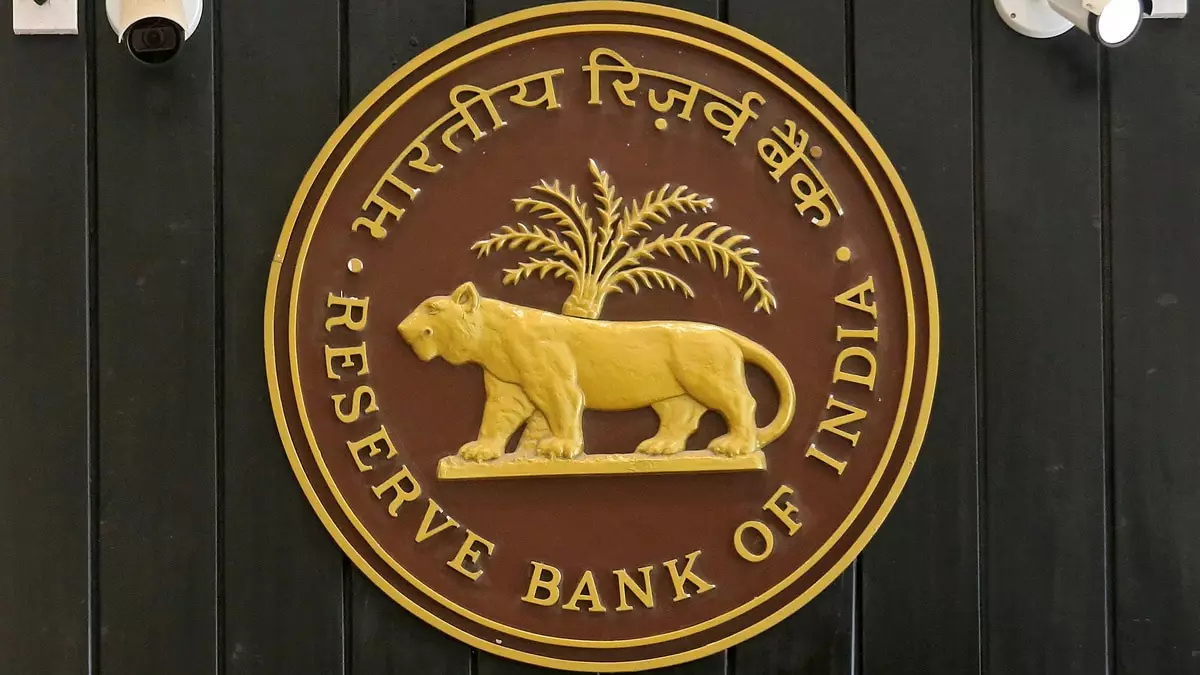The Reserve Bank of India (RBI) recently unveiled its Financial Stability Report for 2024, released on December 30, which scrutinizes the emerging phenomenon of asset tokenisation on blockchain platforms. This technical innovation, while still nascent, is drawing increasing attention globally, particularly given that regulatory frameworks for cryptocurrencies and blockchain technologies are likely to proliferate in 2025. As such, the RBI’s insights into this rapidly evolving domain are pivotal for stakeholders in finance and investment.
Asset tokenisation involves the digital representation of physical assets on a blockchain, creating divisible units of ownership that can enhance liquidity. The RBI’s report pointed out that financial assets such as bank deposits, shares, and government securities are becoming increasingly attractive to investors when tokenised. This innovation presents a dual promise: it can potentially deepen the connection between traditional financial markets and decentralized finance (DeFi) systems, including the broader ecosystem of cryptocurrencies.
Moreover, experts posit that the ability to tokenize assets could significantly alter investment landscapes. For instance, land or real estate properties, traditionally regarded as less liquid, can be efficiently fractionalised, allowing owners to monetize portions of their holdings without surrendering their full ownership. This concept of fractional ownership might appeal to a broader array of investors, democratizing access to markets previously reserved for wealthier individuals.
Despite the optimistic implications of asset tokenisation, the RBI has raised several red flags regarding the risks it poses to existing financial systems. The Financial Stability Report identified vulnerabilities associated with Distributed Ledger Technology (DLT) that may jeopardize financial stability, including issues related to liquidity, maturity mismatches, and operational fragility. Although these concerns are currently limited due to the still-emerging nature of tokenisation, the RBI’s caution serves as a reminder of the potential pitfalls inherent in any revolutionary financial practice.
Indeed, the RBI’s analysis reflects a broader skepticism observed globally towards financial innovations that could disrupt existing structures without appropriate safeguards. Regulatory frameworks are essential to mitigate these vulnerabilities and ensure that the integration of digital assets doesn’t compromise the integrity of traditional financial systems.
In conjunction with asset tokenisation, the RBI has maintained a vigilant stance regarding cryptocurrencies. The central bank expressed reservations about the macroeconomic risks posed by digital assets, particularly in light of their price volatility—a characteristic that has characterized the market throughout the year. By referring to findings from the International Monetary Fund (IMF) and Financial Stability Board (FSB), the RBI reiterated that a broader adoption of cryptocurrencies could erode the effectiveness of monetary policy and pose fiscal risks, further highlighting concerns about capital flow management and global financial stability.
The recognition of the growing engagement between traditional financial systems and cryptocurrencies showcases a nuanced position; while there is acknowledgment of the risks, there is also an understanding that innovation is compelling some financial institutions to experiment with digital currencies. However, it needs to be noted that the Indian government has yet to present a definitive timeline for comprehensive regulations governing the crypto market. This uncertainty stands in contrast to developments in countries like the United States, where significant regulatory adjustments are anticipated under the incoming leadership.
The RBI’s Financial Stability Report encapsulates a complex narrative surrounding the future of asset tokenisation and cryptocurrencies in India. The potential for innovation and improved liquidity intertwined with the challenges posed by financial vulnerabilities paints a dual-edged picture. Regulatory measures will be crucial in balancing the promise of innovation with the imperative to safeguard financial stability.
As the regulatory landscape evolves internationally, it remains to be seen how the RBI will adapt its policies in light of these developments. Stakeholders in India must prepare for a future where digital assets play a central role, navigating the delicate dance between embracing technological advancements and ensuring the resilience of financial frameworks. With the cautionary underpinnings outlined in the RBI’s report, it is evident that a measured and informed approach will be essential as asset tokenisation and cryptocurrencies continue to shape the future of finance.


Leave a Reply